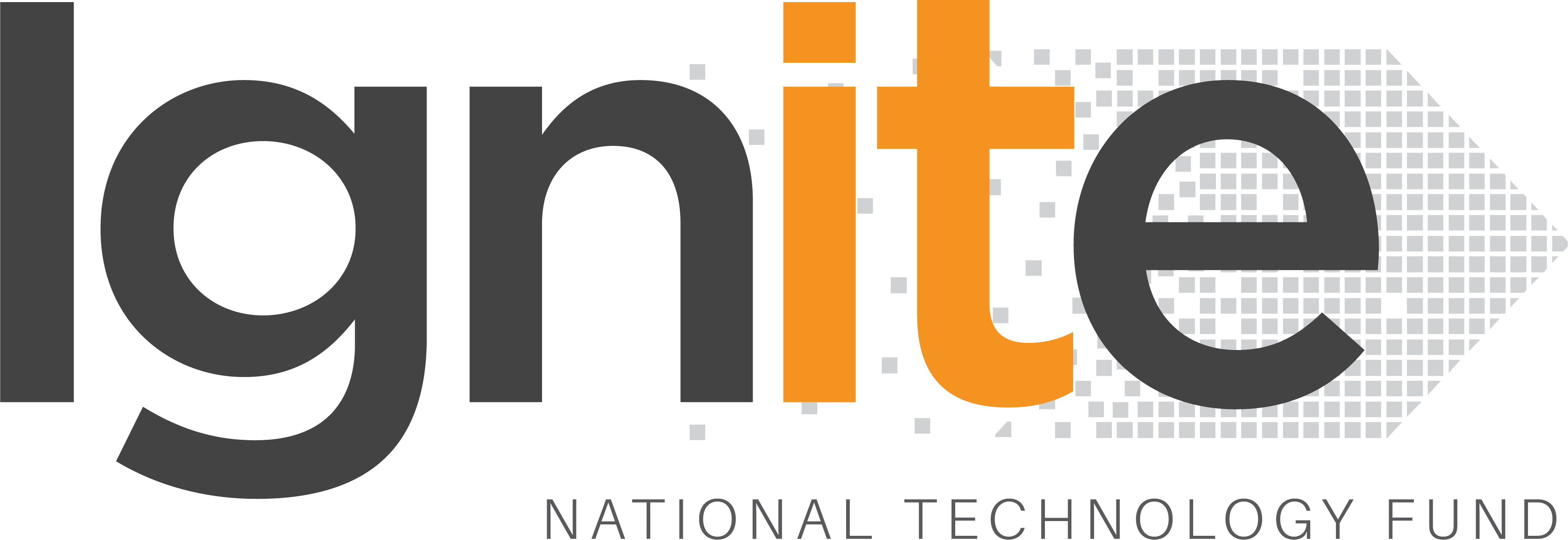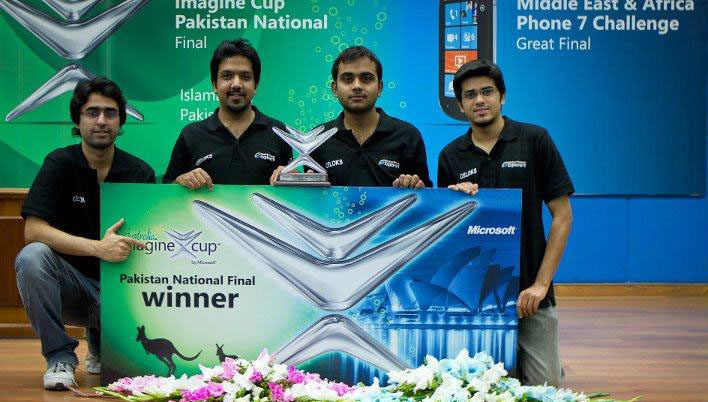The technical and non technical issues attached with human ICT wearable / implantable / attachable devices are manifold and from diverse fields. Though most of the challenges are related to technology, its effects in non-conducive environments, there are many others which roam around lack of understanding of the human body, and in particular the brain with its inherent complexities. This simply means that there is a dire need to combine and interface the technology with the true behavior and biology of the human body.
Till the time researchers are busy in finding solutions and continue to develop ways to overcome technical and behavioral barriers, the produced systems are potentially vulnerable. These vulnerabilities include technical issues such as ease of use, closeness to human normal behavior, life of device, security and privacy. These are a few topics familiar from other mainstream application paradigms.
Accordingly, incorporation of these issues from the outset is necessary and important design strategy. Building systems which address these issues as an afterthought may be a recipe of failure. However, with core functionality at the forefront of the designers minds, already there is evidence that medical devices exist which fail to address these concerns. Resultantly, medical human ICT implant devices are already starting to pervade.
At this junction of time, there is a need to propose research and Innovation priorities to speed up the development of medical devices and to facilitate the translation from laboratory proofs of concepts to clinically validated products ready for entering the certification process. In this chain, next step is to adapt the translation in the Nano-medical Field to Medical Devices.
As attest case, current implantable medical devices are powered by internal or external batteries. External batteries are connected with wires and supply energy from outside the wearer’s body, while internal batteries are implanted with the device. Technologies such as development of a bio-implantable battery that can store energy using bodily fluids is important field to give life of the wearable / implantable. These fluids can be blood or lymph which can allow nano-devices to be used without external attachments for extended periods of time. Capable of being charged with a person’s own bodily fluids, the new battery can be nearly permanent and enable the development of new medical devices that had previously been hobbled by the limited capacity of internal batteries. The new technology will enable the development of new nano-scale medical devices and other revolutionary health care devices.
Specifications in Smart Systems should be specifically addressed such as the research & Industrial communities, Legislations and regulations, Manufacturing aspects, markets, users, prescriptors. Etc.
Accordingly, there can be a long list of ICT powered wearable / Implantable / attachable: the odd horizons scopes, such as:
- ICT and nano-enabled solutions to facilitate the development and evaluation of new medical devices based on normal human behaviours.
- Developing the new generation of wearable and/or minimally invasive devices, combining drug delivery and therapy control and to overcome bottlenecks including:
- Physical monitoring and biological parameters,
- data fusion,
- scoring approaches (statistic, heuristic, big data) for closed loop monitoring and treatment,
- drug delivery systems,
- adapted energy supply,
- consumer behaviour, wearability and usage, clinical and medical operability, data security
- consumer privacy and least disturbance to his routine life
- Optical, electrochemical, magnetic sensing platforms to be redesigned for integration onto minimally invasive surgical tools, onto the clinicians, and around the clinical environment.
- Combined data sets from this sensing ecosystem to allow the interrogation of:
- the interactions between the surgical tools with the various tissues,
- the clinician’s movements and emotions,
- the interactions with the rest of the clinical team and infrastructure
- Advances and combination of micro/nano fluidics and in bioinformatics for use in the clinical testing of drug to monitor the response of nano chip based artificial organs and related models close to reality:
- creating concept in the use of such technologies to provide pre-clinical data comparable with results from traditional trials.
- integration of such devices to gain an overall picture and conduct clinical trials on a chip
- The clinical trial on a chip could be applied to the assessment of new drugs or primary cells and stem cell differentiation, coupled with innovative approaches mimicking the in-vivo micro environmental specificities (e.g. 3D cell culture), based on new materials, encapsulation strategies, nano-bio characterisation, micro-nano-fluidics, biopolymers. Such devices must be reproducible and manufacturable to guarantee the reproduction of the biological interactions.
- Novel sensor design and manufacturing of prototypes, consideration of nanomaterial surface coatings permitting small yet biocompatible sensors, packaging, power management including energy storage and energy harvesting, communication and read-out, as well as miniaturised actuators (for e.g. pressure release or drug infusion) when required.
- Sensor-to-surface communication as well as energy/power may be addressed in an appropriate manner depending on the application (wired communication and power for short term implantation may be sufficient, while wireless communication and power in the case of long term implantation should be pursued).
References:
Gasson, Mark N. “Human ICT implants: From restorative application to human enhancement.” Human ICT Implants: Technical, Legal and Ethical Considerations. TMC Asser Press, 2012. 11-28.
Gasson, Mark N., Eleni Kosta, and Diana M. Bowman, eds. Human ICT implants: technical, legal and ethical considerations. Vol. 23. Springer Science & Business Media, 2012.
Nsanze, Fabienne. “ICT Implants in the Human Body-A Review.” The European Group on Ethics in Science and New Technologies to the European Commission2005 (2005).
Svensson, Andreas. “Design of Inductive Coupling for Powering andCommunication of Implantable Medical Devices.” (2012).



